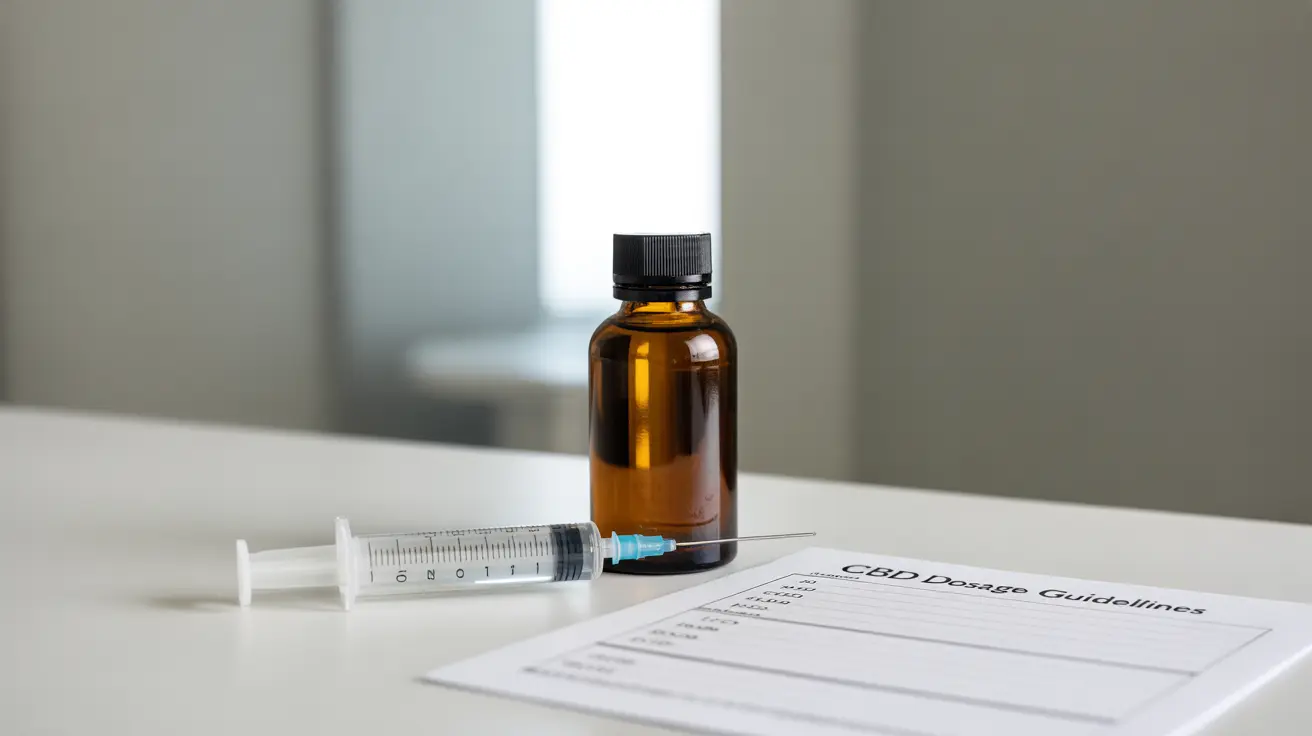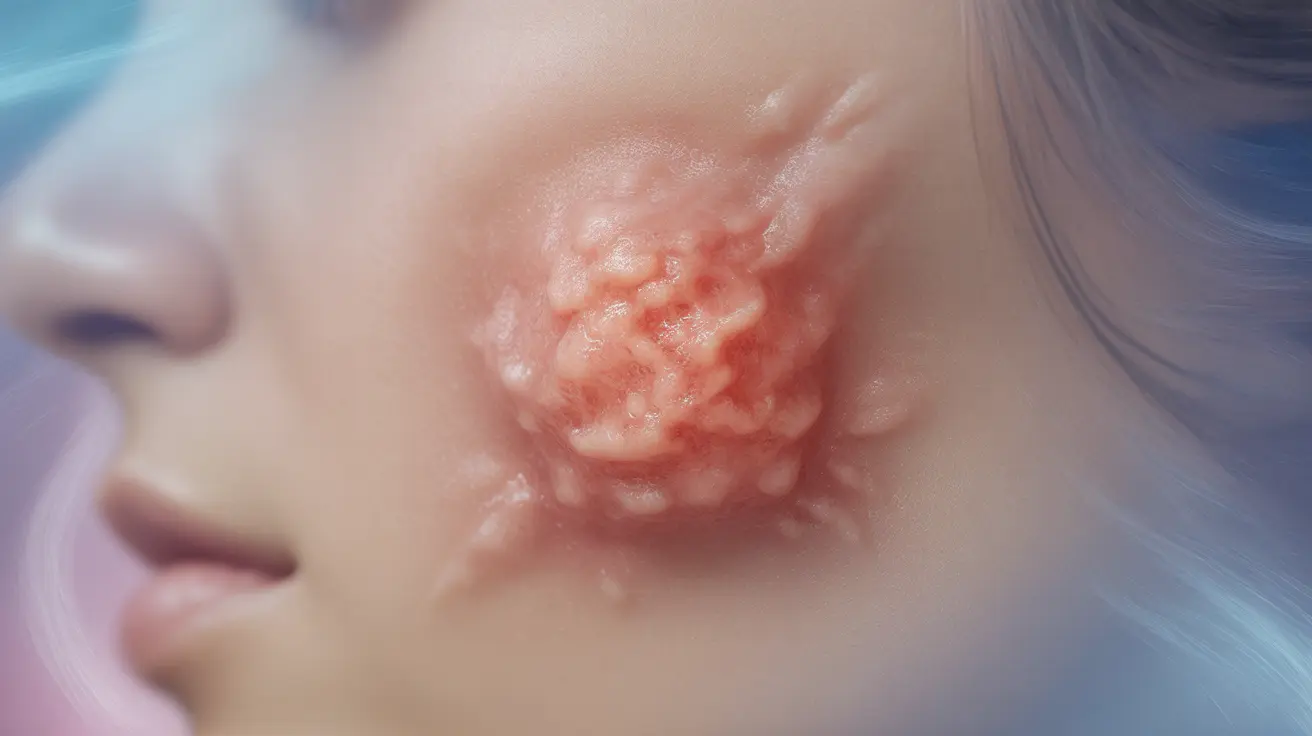Experiencing brown vaginal discharge after menopause can be concerning, as any vaginal bleeding or spotting that occurs after menopause requires medical attention. Understanding the potential causes, symptoms, and treatment options can help women make informed decisions about their postmenopausal health.
This comprehensive guide explores the various factors that can lead to brown discharge after menopause, when to consult a healthcare provider, and what treatments may be recommended.
Understanding Brown Vaginal Discharge After Menopause
Brown vaginal discharge after menopause typically contains old blood that has taken longer to exit the body, giving it its characteristic brown color. This type of discharge isn't normal after menopause and should always be evaluated by a healthcare provider to rule out serious conditions.
Common Causes of Postmenopausal Brown Discharge
Vaginal Atrophy
One of the most common causes of brown discharge after menopause is vaginal atrophy, also known as genitourinary syndrome of menopause (GSM). This condition occurs when declining estrogen levels cause the vaginal tissues to become thin, dry, and inflamed.
Endometrial Issues
The endometrium (uterine lining) can sometimes continue to respond to hormonal changes or develop abnormal growth patterns after menopause, leading to irregular bleeding or brown discharge. This may indicate conditions such as endometrial hyperplasia or, more seriously, endometrial cancer.
Hormone Therapy Effects
Women using hormone replacement therapy (HRT) may experience breakthrough bleeding or brown discharge, especially during the first few months of treatment or when adjusting dosages.
Warning Signs and Risk Factors
Several factors can increase the risk of developing concerning postmenopausal bleeding or discharge:
- Obesity
- High blood pressure
- Diabetes
- Family history of reproductive cancers
- Previous hormone therapy use
- Certain medications
Diagnostic Process and Medical Evaluation
Healthcare providers typically conduct several tests to determine the cause of brown discharge after menopause:
- Pelvic examination
- Transvaginal ultrasound
- Endometrial biopsy
- Hormone level testing
- Cervical cancer screening
Treatment Approaches
Treatment options vary depending on the underlying cause and may include:
- Topical estrogen therapy for vaginal atrophy
- Adjustment of hormone replacement therapy
- Treatment of underlying medical conditions
- Surgical intervention when necessary
Preventive Measures and Self-Care
While not all causes of postmenopausal brown discharge can be prevented, certain lifestyle measures may help maintain vaginal health:
- Regular medical check-ups
- Maintaining a healthy weight
- Staying physically active
- Proper hygiene practices
- Avoiding irritating products
Frequently Asked Questions
What are the common causes of brown vaginal discharge after menopause?
Common causes include vaginal atrophy, endometrial issues, hormone therapy effects, infections, and in some cases, more serious conditions like endometrial or cervical cancer. Any postmenopausal bleeding or discharge should be evaluated by a healthcare provider.
When should I see a doctor if I have brown spotting after menopause?
You should schedule an appointment with your healthcare provider as soon as you notice any vaginal bleeding or brown discharge after menopause. Early evaluation is essential for proper diagnosis and treatment.
How is brown vaginal discharge after menopause diagnosed and treated?
Diagnosis typically involves a physical examination, imaging tests like transvaginal ultrasound, and possibly a biopsy. Treatment depends on the underlying cause and may include hormone therapy, medications, or surgical procedures.
Can hormone therapy cause brown spotting after menopause?
Yes, hormone replacement therapy can cause breakthrough bleeding or brown discharge, particularly during the initial months of treatment or when dosages are adjusted. Any persistent or unexpected bleeding should be reported to your healthcare provider.
What lifestyle changes or preventive measures can help manage brown discharge after menopause?
Regular medical check-ups, maintaining a healthy weight, staying physically active, and practicing good hygiene can help support vaginal health. However, these measures don't prevent all causes of postmenopausal discharge, and any bleeding should be evaluated by a healthcare provider.




